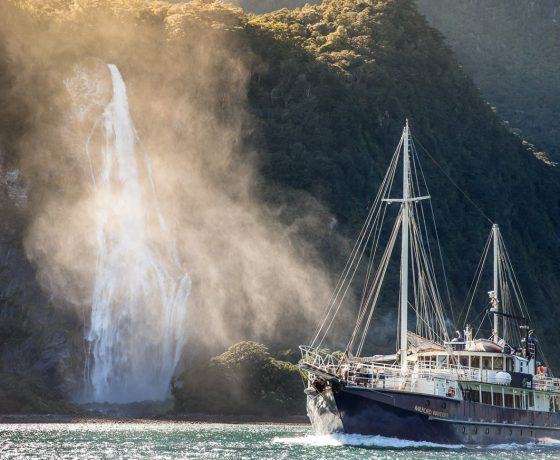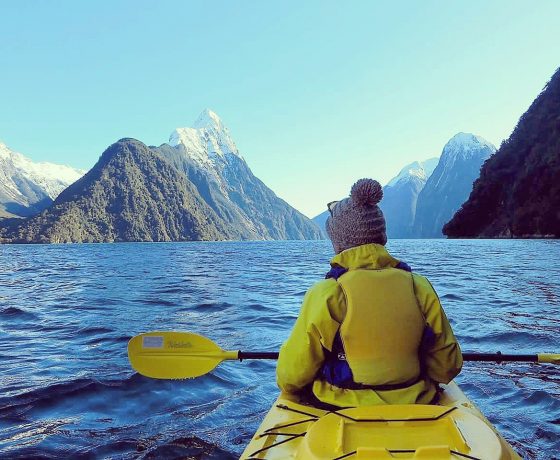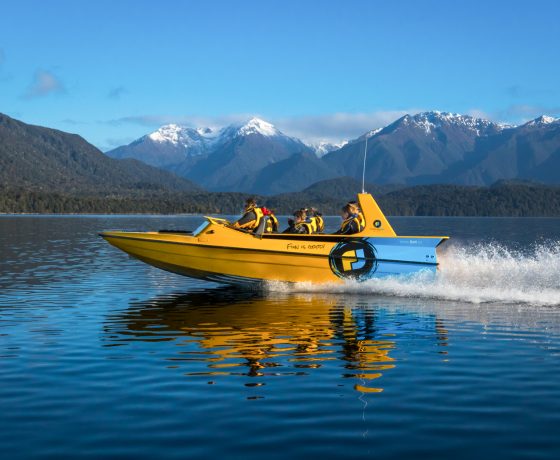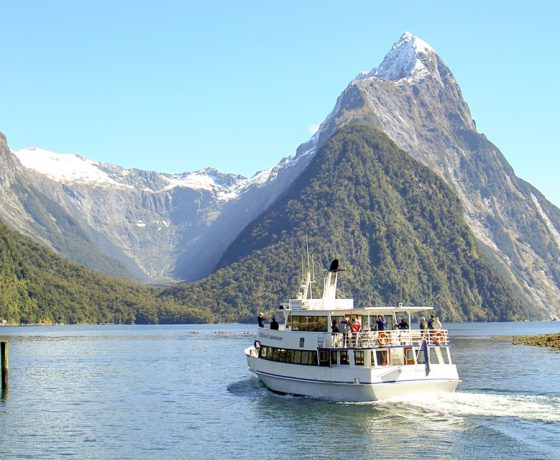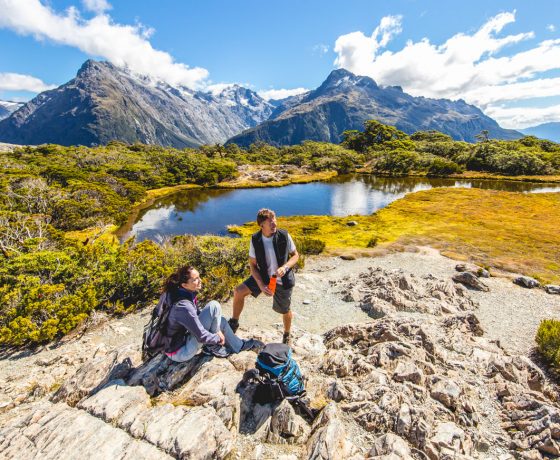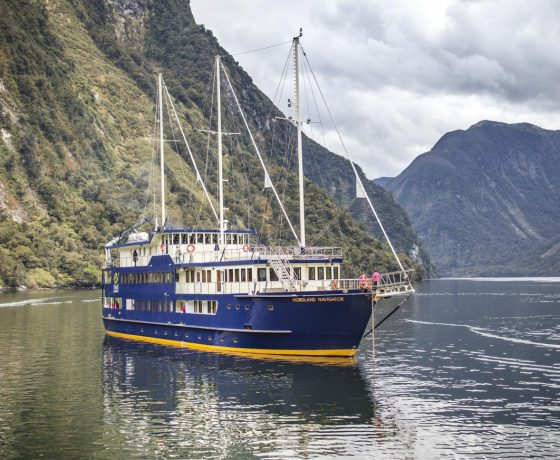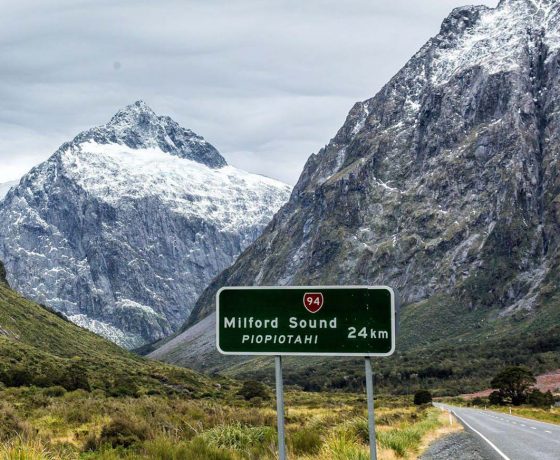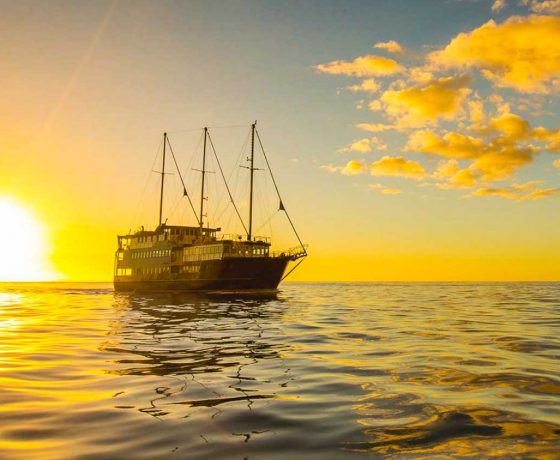

- Home
- North Island of New Zealand
- Far North, Cape Reinga & Ninety Mile Beach
- Hokianga & the Kauri Coast.
- Kerikeri
- Bay of Islands
- Paihia
- Russell
- Tutukaka
- Whangarei
- Auckland
- Waiheke Island
- Coromandel
- Hamilton – Waikato
- Raglan
- Waitomo
- Tauranga & Whakatane
- Gisborne
- Rotorua
- Lake Taupo
- Ruapehu
- Napier, Hawkes Bay
- Whanganui
- Wairarapa
- Wellington
- South Island of New Zealand
- Picton, Marlborough Sounds
- Blenheim
- Havelock & Pelorus Sound
- Nelson Tasman
- Murchison
- West Coast
- Okarito
- Franz Josef
- Haast West Coast
- Kaikoura
- Hanmer Springs
- Christchurch
- Akaroa & Banks Peninsula
- Lake Tekapo
- Mount Cook
- Lake Wanaka
- Arrowtown
- Queenstown
- Queenstown Activities
- Queenstown/Milford
- Queenstown Scenic Flights
- Glenorchy
- Te Anau
- Manapouri
- Milford Sound
- Southland & The Catlins
- Stewart Island
- Dunedin
- Oamaru
- Blogs
- NZ Accommodation
- Contact Us
Te Anau

Wairaurahiri River Jet Boat Tours – Explore Fiordland’s Remote Wilderness
Thrilling Jet Adventures from Lake Hauroko to the South Coast Rapids, Walks, Wildlife & More
Wairaurahiri River Jet Boat Tours – Thrill Meets Wilderness in Fiordland
Jet boat through one of New Zealand’s most remote and spectacular landscapes.
Your adventure begins on Lake Hauroko—New Zealand’s deepest lake—where you’ll launch across the still waters before entering the Wairaurahiri River. This wild, remote river carves through over a million years of untouched beech forest and offers a thrilling jet boating experience with fast currents, narrow channels, and Grade 3 rapids deep within Fiordland National Park.
Discover Untouched Nature and Rugged South Coast Beauty
This isn’t just about the adrenaline—it’s an immersive eco-experience. Stop to walk across the iconic Wairaurahiri Swingbridge and step into the ancient temperate rainforest, teeming with native birdlife. At the mouth of the river, the untamed South Coast greets you with wild surf and remote beaches. Adventurers can continue inland to explore the towering Percy Burn Viaduct or even stay overnight at a secluded forest lodge.
Whether you’re seeking high-speed thrills, rare wildlife encounters, or a journey into one of New Zealand’s last true wilderness areas, this unforgettable tour delivers it all.
The Wairaurahiri Wilderness Jet Full Day Wairaurahiri River Wilderness Experience
Departs: Lake Hauroko 10 am returns approx 4 pm
Price: $360 per person Based on Minimum 4 Pax
Duration: Approx 5 to 6 Hours.
Optional BBQ Lunch: $35 per person (bush-style venison BBQ)
Experience New Zealand’s longest and most exhilarating jet boat journey.
Begin your adventure with a high-speed jet boat ride across the remote waters of Lake Hauroko, then travel 27 km down the wild Wairaurahiri River through Fiordland’s untouched southern wilderness. Navigate Grade 3 whitewater rapids, passing through ancient beech forest on your way to the isolated South Coast and back.
Tour Highlights:
- Short walk along the wild South Coast beach, with views of Stewart Island and the Solander Islands
- Forest walk into Waitutu’s virgin podocarp forest, one of the oldest in New Zealand
- Opportunity to hear native birdlife and soak in the remote wilderness atmosphere
- Optional bush-style venison BBQ lunch in a scenic natural setting
- Return journey upriver through exciting Grade 3 rapids, with views of native orchids and moss-draped forest
This full-day Fiordland adventure is ideal for those seeking thrilling jet boating, remote landscapes, and a deep connection with New Zealand’s natural world.
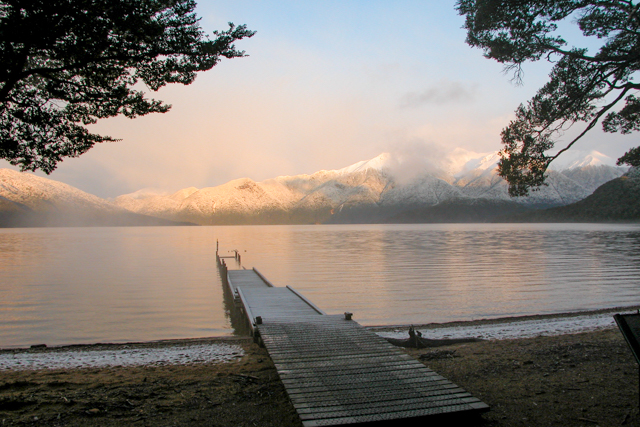


The Wairaurahiri Wilderness Jet Half Day
Wairaurahiri River Wilderness Experience
Duration: Approx 2 to 3 hours
Price: $270 per person Based on Minimum 4 Pax
Short on time but craving adventure? This compact jet boat tour delivers a powerful dose of Fiordland wilderness and river thrills.
Departing from Lake Hauroko, you’ll power across New Zealand’s deepest lake before entering the upper section of the Wairaurahiri River—renowned for its dramatic scenery and swift-flowing rapids. This half-day experience covers the river’s most exciting stretch, including the infamous ‘Sparkplug’ rapid, the striking rock formations of ‘The Vulcans,’ and the swirling eddies of ‘Black Swirl Hole.’
Tour Highlights:
- Scenic jet boat ride across Lake Hauroko
- Navigate the upper Wairaurahiri River through remote Fiordland forest
- Experience Grade 3 rapids including ‘Sparkplug’ and ‘The Vulcans’
- View ancient beech forest, moss-covered riverbanks, and native wildlife
- Ideal for travellers seeking a shorter but equally thrilling adventure
This tour is perfect for visitors who want a taste of Fiordland’s jet boating action without committing to a full-day journey.
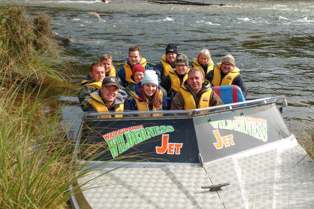
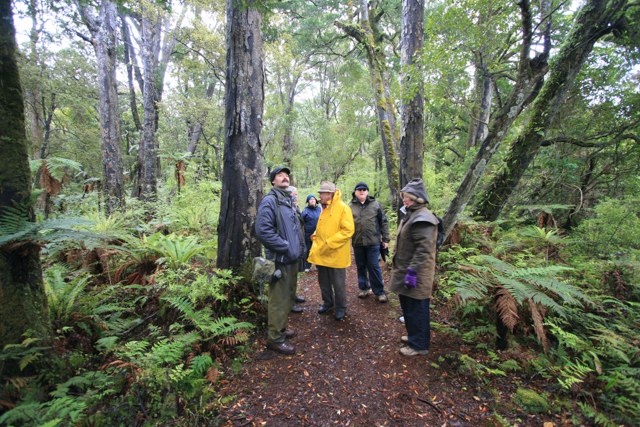
Wairaurahiri Wilderness Jet Boat & Walk Adventure
Price: $270 Per person Based on Minimum 4 Pax
Duration: Two Days.
Combine an epic multi-day Fiordland hike with an exhilarating jet boat ride through some of New Zealand’s most remote backcountry.
This unique walk-and-jet combo is perfect for trampers exploring the South Coast Track or the Humpridge Track. We can customise this option to suit your itinerary—just get in touch and we’ll make it happen.
Day One – Coastal Hike to Port Craig
Begin your journey from Bluecliffs Beach on Te Waewae Bay. Follow the South Coast Track through lush forest and along remote beaches to historic Port Craig Village.
- Distance: 17 km
- Time: 6–7 hours via forest track, or 5–6 hours via low-tide beach route
- Accommodation: Overnight stay at the historic Port Craig Schoolhouse
Day Two – Viaducts & Jet Boating
Continue your walk along a former logging tramway, crossing some of New Zealand’s most impressive wooden viaducts:
- Sandhill Viaduct
- Percy Burn Viaduct (largest of its kind in the Southern Hemisphere)
- Edwin and Francis Burn Viaducts
Distance: 13 km
Time: 4–5 hours - At the end of the trail, meet the Wairaurahiri Jet team for a thrilling 2-hour jet boat ride down the full length of the Wairaurahiri River, navigating Grade 3 rapids before crossing Lake Hauroko. Transport will be provided back to your starting point at Bluecliffs Beach.
An unforgettable journey through Southland’s wild coast, ancient forest, and powerful rivers—perfect for trampers seeking something truly unique.
More information email
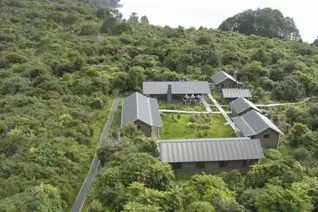
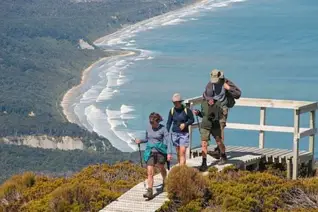
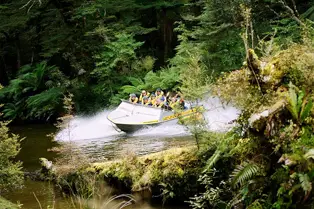
The Wairaurahiri Wilderness Jet – Overnight Trip Waitutu Lodge
Price: $450 per person Return Based on Minimum 4 Pax
Lodge Cost: $100pp per night
Ideal for family, corporate, social groups and hunting /fishing trips.
Venture deep into the untouched wilds of Fiordland with an unforgettable overnight jet boat expedition to Waitutu Lodge—New Zealand’s southernmost accommodation.
Jet across Lake Hauroko and journey 83 km down the remote Wairaurahiri River, navigating Grade 3 whitewater rapids and dense native forest all the way to the rugged South Coast. After a full day of wilderness adventure, you’ll spend the night at Waitutu Lodge—a secluded retreat nestled between forest and sea.
This trip is perfect for families, fishing and hunting groups, social clubs, or corporate getaways looking for a unique off-grid experience.
Things to Do at Waitutu Lodge:
- Trout fishing in pristine river waters
- Hunting opportunities with abundant wild deer and pigs
- Explore the remote South Coast, with views of Stewart Island and the Solander Islands
- Hike through virgin beech and podocarp forest
- Optional trek to the iconic Percy Burn Viaduct
- Stay longer by arrangement—just ask
- Unwind and listen to the native birdsong and wild coastal sounds
- On your return, experience the full power of the Wairaurahiri River’s rapids once again, completing a true wilderness loop through one of New Zealand’s most spectacular and isolated regions.
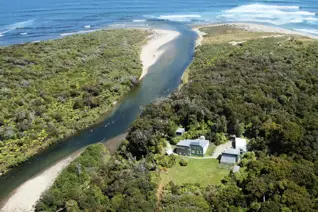
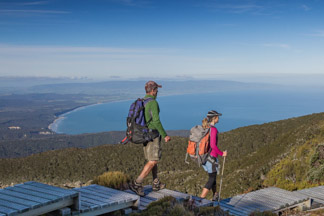
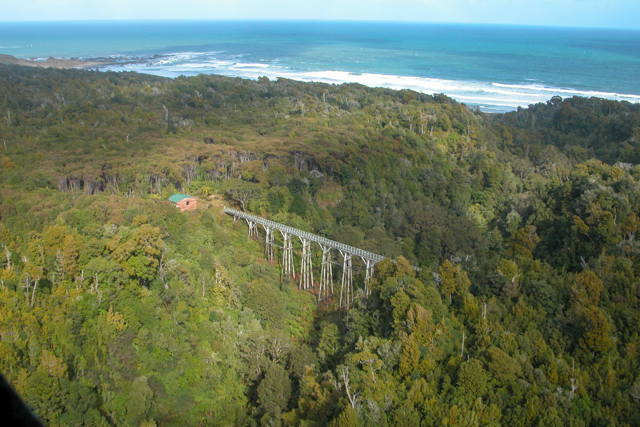
Phone: NZ 027 672 4222 Email: [email protected]
Visit our Website: www.river-jet.co.nz/


